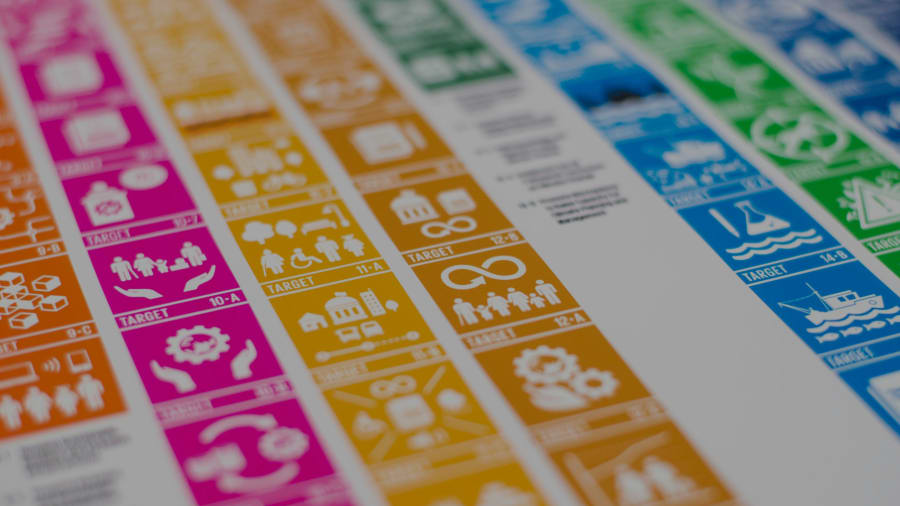
What are The Global Goals?
In 2015, the UN General Assembly adopted 17 new Global Goals for Sustainable Development. The goals are global and apply to all countries, large and small - rich and poor.
It is the global and worldwide aspects of the Sustainable Development Goals that sets this agenda apart from other previous international agreements. The SDG 2030 agenda for a sustainable development is by nature very broad and overarching, but still provides some fairly clear guidelines for the efforts and priorities the world community wants to put on the agenda: It is about equality, children's rights, education for all, peaceful societies and the rule of law, water , energy, environment and climate, debt development, sustainable inclusive growth, sustainable resource utilization, cultural diversity and social cohesion through major reforms and major changes in the business structure - all of great relevance to Greenland.
Dear child has many names
One may have heard of the SDGs, the UN Development or Sustainability Goals, Agenda 2030, the Global Agenda for Sustainable Development or just the Global Goals. It is all one and the same case, which has been given a large number of nicknames since they were adopted about five years ago.
The goals have been adapted to the world as it looks today and can be used as a guideline in most development tasks. Therefore, it is also not uncommon to encounter the goals being used in the public sector, private companies or civic society. In short, the global goals today function as a global language for development that leads us to see local challenges as part of a larger global agenda. The focus has partly shifted from the individual efforts, towards a greater understanding of their coherence to the whole.
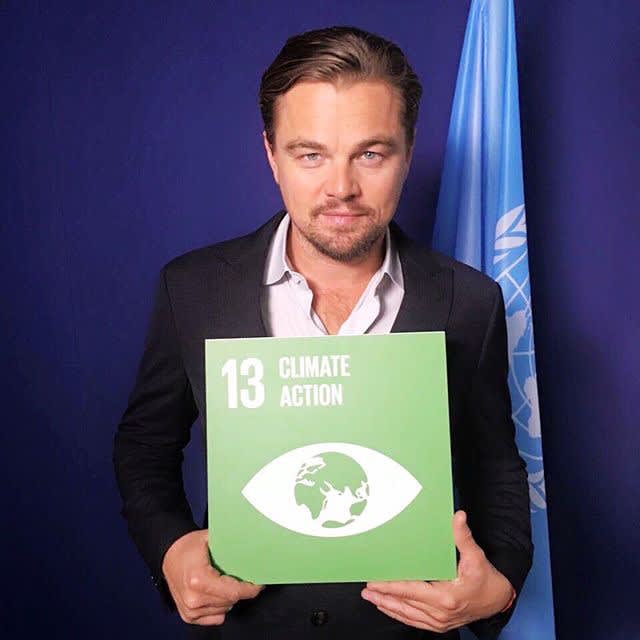
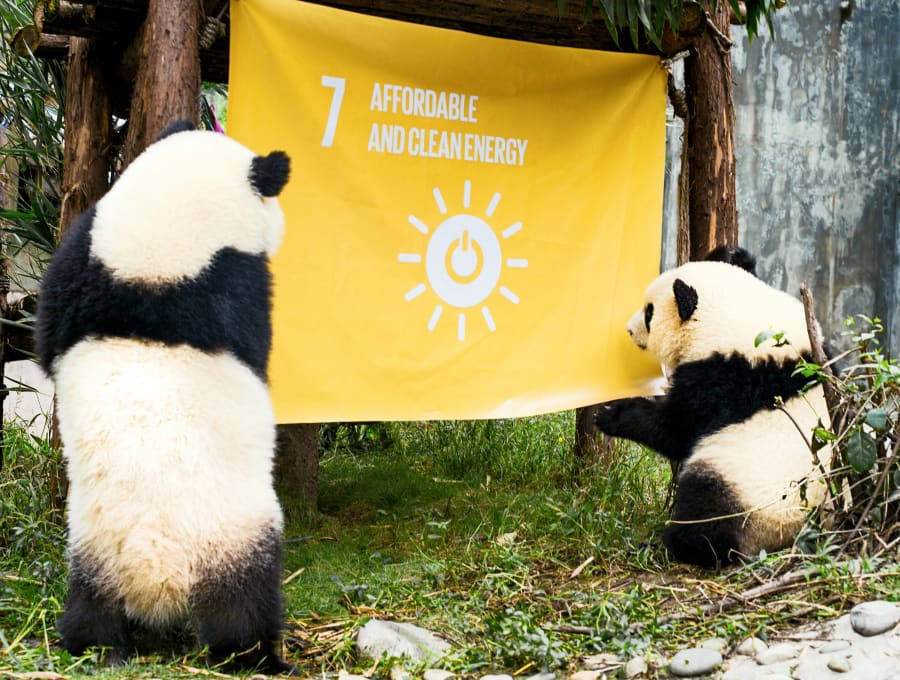
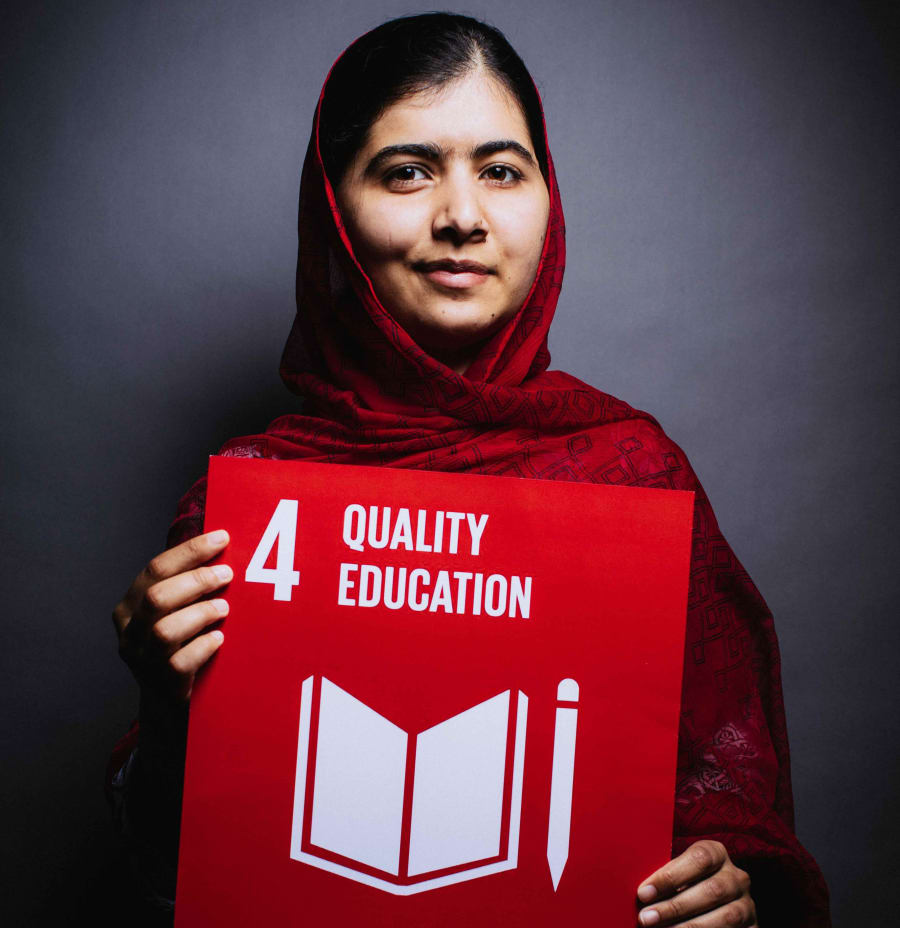
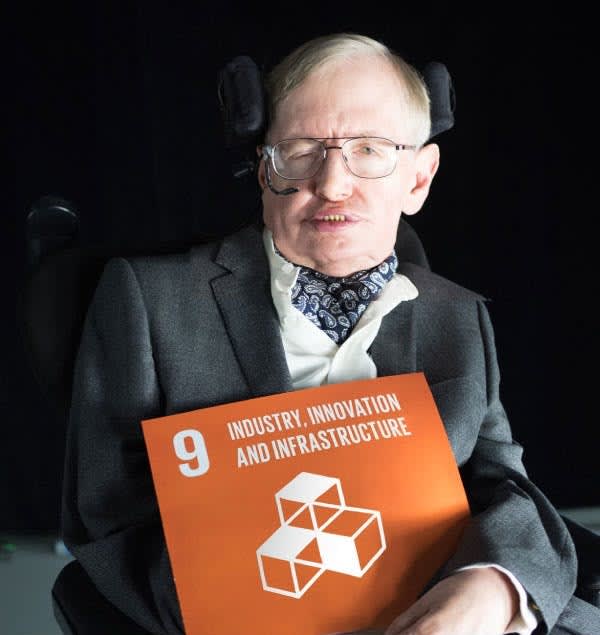
What is sustainable development?
The concept of sustainability has many facets and historical conditions, which means that it is used in many different ways and in many different contexts. We talk, for example, about sustainable economy, sustainable energy, sustainable lifestyle, sustainable business, sustainable consumption and more. All have that in common that they refer to a way of conducting economy, energy, lifestyle, business or consumption that is sustainable over a long period of time. As the following brief review will show, the concept has been under construction and establishment since 1972.
1972, UN Conference on Human Environment
In June 1972, the UN held a conference in Stockholm on the protection and preservation of the human environment, formulated as "(…) preservation and enhancement of the human environment." (Declaration of the United Nations Conference on Human Environment, 1972). The special and new thing about this conference was that in many ways it can be said to be the first international assembly that had environmental protection between countries as its primary focus. The declaration set out a series of national actions, actions that were previously carried out in different sectors, ie separated from each other in a traditional organizational form. The recommendations extended over the themes: Planning and management of settlements in accordance with environmental quality; Environmental aspects of natural resource management; Identification and control of widespread and internationally noticeable pollution; Educational, informative, social and cultural recommendations aspects of environmental issues; Development and environment.
In the field of environmental protection in particular, it is already clear in the 1970s that nature can hardly be limited by national borders, which is why such issues cannot be addressed in recorded and traditionally divided sectors either. In addition to the declaration, the United Nations Conference on Human Environment - also called the Stockholm Conference - also resulted in the establishment of the UN Environment Program: UNEP, United Nations Environment Program.
1987, Brundtland Report
It was not until 1987 that the contemporary understanding of sustainability as a concept was established. This happened in the Brundtland report "Our Common Future - The Brundtland Commission's report on Environment and Development" under the leadership of the Norwegian Prime Minister Gro Harlem Brundtland. Five years before, it had been decided in the UN that a world commission for environment and development would be set up, and with the Brundtland report, "linguistic" sustainability and "development" were linked linguistically. The definition was as follows:
"Sustainable development is development that meets current needs without compromising the ability of future generations to meet their needs."
The report identifies sustainable development as a form of development that takes into account the economy, the environment and the social in a balanced relationship with each other. This definition still dominates the popular understanding of sustainable development, and in an international and Nordic perspective, work on sustainable development has been operationalized since 1987 in these three dimensions: economic sustainability, social sustainability and environmental sustainability.
It is interesting that sustainable development according to the figure is only the relatively small common set, where all three circles overlap.
1992, Rio Declaration
At the UN Environment and Development Conference in Rio de Janeiro in 1992, it was agreed on e.g. Agenda 21 action program. The plan referred to guidelines for 21st century developments and the forthcoming work on sustainability.
The concept of sustainable development begins with Agenda 21 to focus on local initiatives and the work of authorities.
It is thus recognized that development does not only take place at one level, after which the rest of society will follow suit. Development must take place at all levels and sustainability must be implemented at all levels in order to have an effect.
2000, Millennium Development Goals (MDGs)
Around the turn of the millennium, the countries met again in the UN to discuss the world situation regarding development. It stood clear then that some countries were significantly behind others, and the understanding was that all countries had a responsibility to lift and contribute to a more sustainable development. The Millennium Declaration formulated eight overarching goals to improve living conditions in the areas that seemed to be at their worst.
The goals were
- Eradicate extreme poverty and hunger
- Achieve primary education for all
- Promote gender equality
- Reduce child mortality
- Reduce maternal mortality
- Fight HIV / AIDS and other diseases
- Ensure environmental sustainability
- Establish global partnerships for development
The 2015 goals, as they would later be called, were unique from previous declarations and agreements in being timed and concrete. Popularly speaking, it was no longer a long wish list with more or less concrete goals, but instead eight milestones for sustainability worldwide. Later, the goals have also been referred to as goals for developing countries, as the concrete efforts were often linked to the development of developing countries.
2015, Sustainable Development Goals (SDG) 2030
In 2015, the UN replaced the former Millennium Goals with 17 new Global Goals (SDGs), which aim to create an agenda for sustainable development worldwide for all countries in the world. Now it was not just about having a focus on improving issues, which were often found in developing countries. The strategy presented in "Transforming our World:
Agenda 2030 ”contains 17 goals, 169 sub-goals and 244 indicators, which set the framework for global sustainable development. 2030 The agenda addresses the whole globe, all countries and continents, in a format that is intended for everyone, regardless of stage of development, to implement the goals in global, national and local respects.
The SDG 2030 agenda is universal, which means that it reaches out to everyone and commits us to living up to the global development agenda, thus establishing that we all have a shared responsibility. The SDGs are based on an understanding that extends beyond the so-called 5 ps: people, planet, prosperity, peace and partnership.
- People: We are determined to eradicate poverty and hunger in all its forms and dimensions, and to ensure that all people can live out their full potential in decency and equality as well as in a healthy environment.
- Planet (Planet): We are determined to protect the planet from degradation including actions through sustainable consumption and production, sustainable management of its natural resources and immediate action on climate change so that the planet can contribute to the needs of today and the future.
- Prosperity: We are determined to ensure that all people can enjoy prosperous and fulfilling lives and that economic, social and technological progress arises in harmony with nature.
- Peace: We are determined to promote peaceful, just and inclusive societies free from fear and violence. There can be no sustainable development without peace and no peace without sustainable development.
- Partnerships: We are determined to mobilize what is needed to implement this Agenda through a revitalized Global Partnership for Sustainable Development based on a spirit of enhanced global solidarity, with a particular focus on the needs of the poor and most vulnerable and with countries , decision makers and people participation.
From Brundtland to world destinations
A lot has happened in the world in a very short time. The challenges point to an increasingly complex world and test our adaptability. Knowledge is absolutely central to this process, including a deeper understanding of new methods and collaborations in order to solve the problems we face.
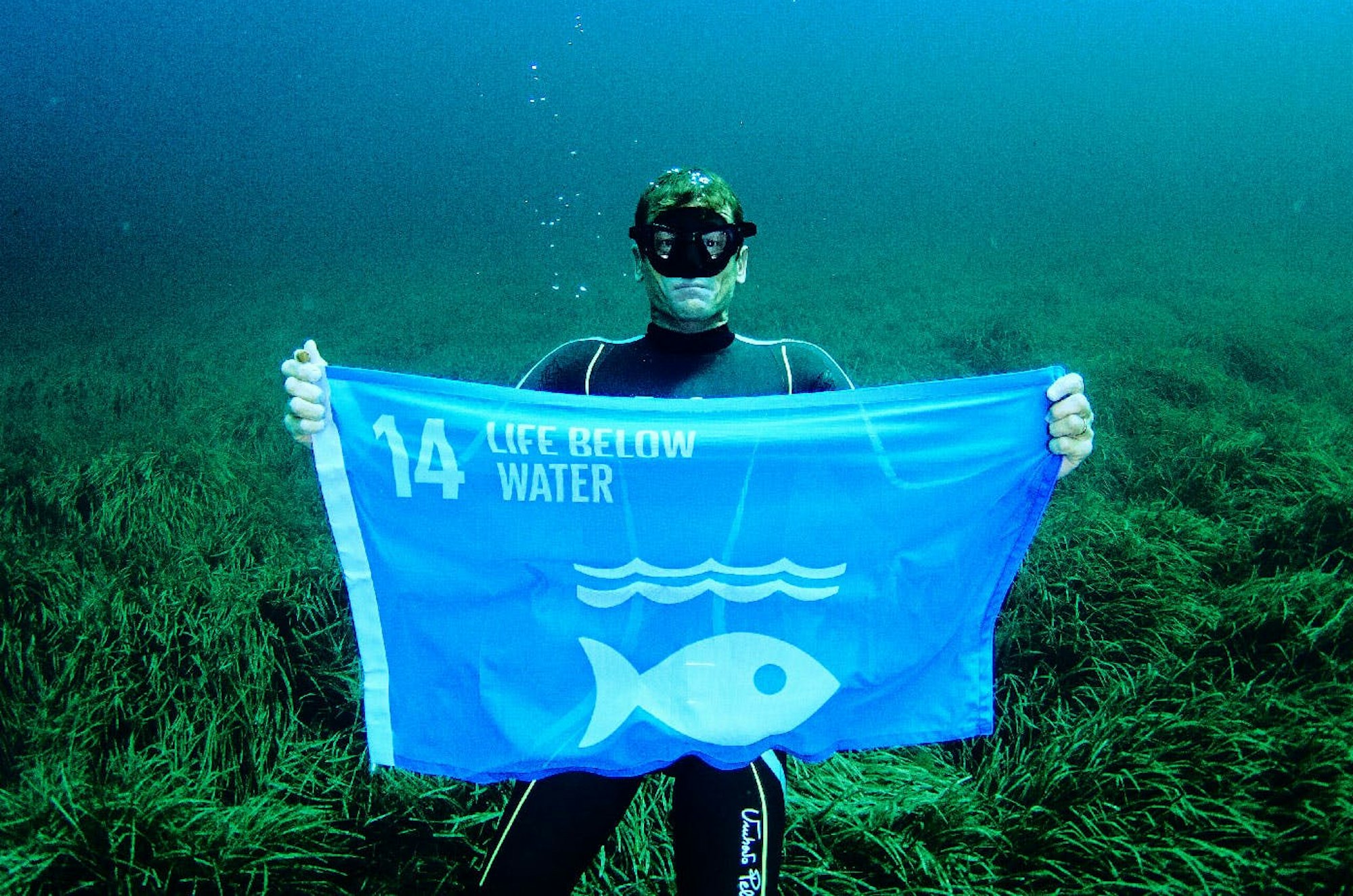
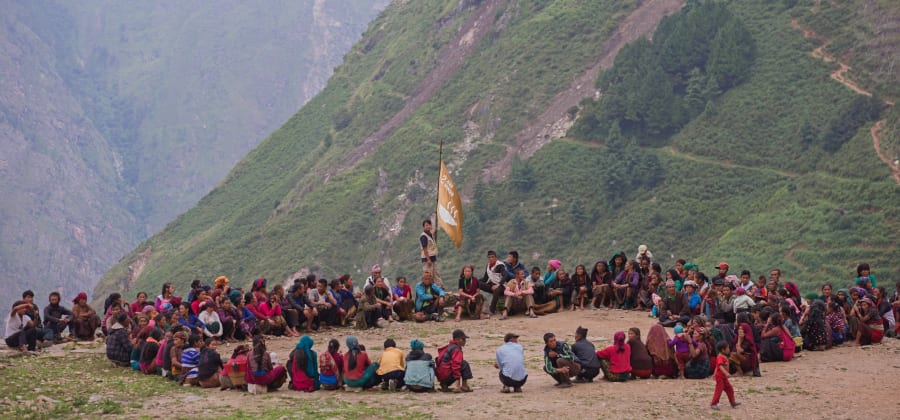
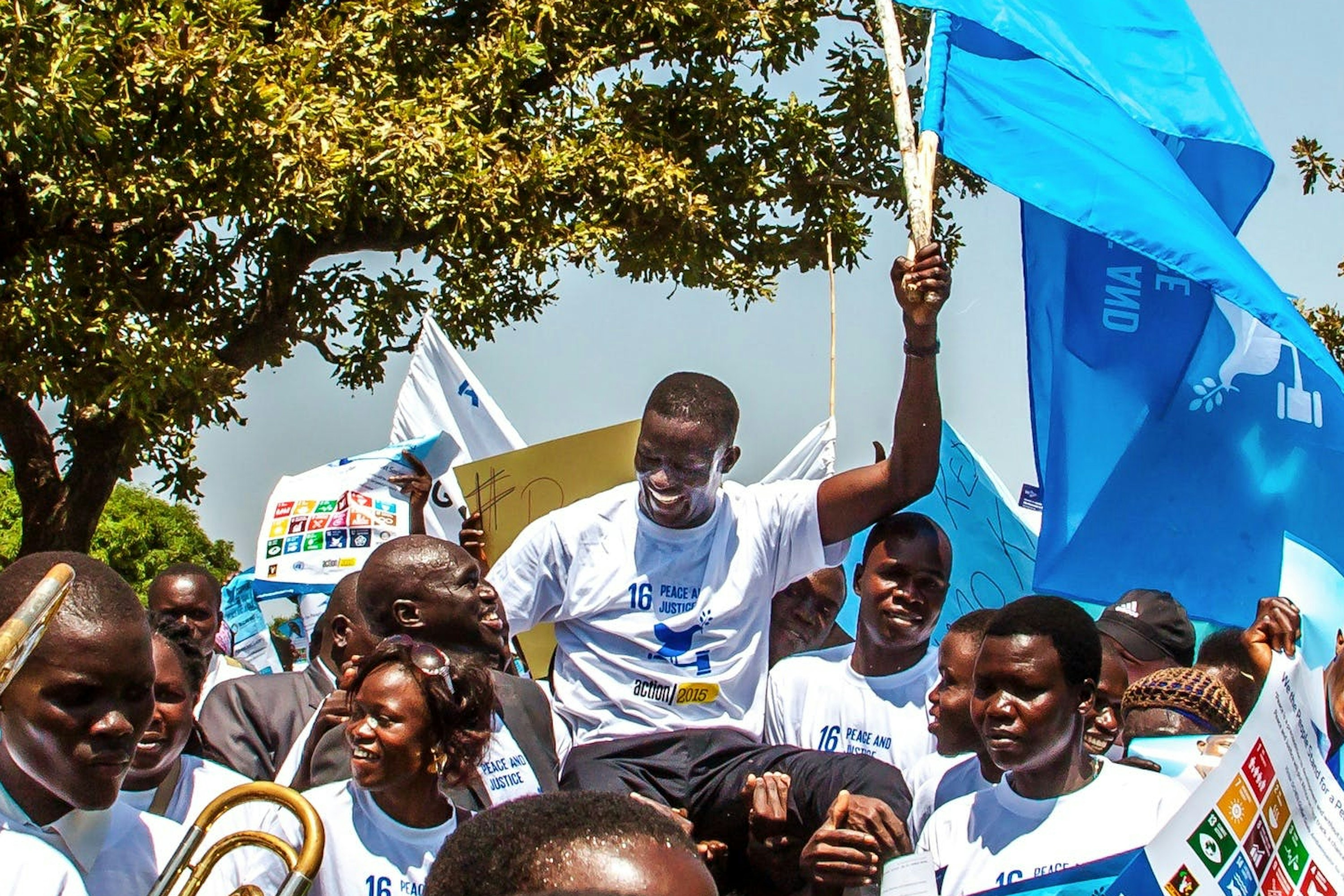

The logical structure of the SDG 2030 Agenda
As you know, there are 17 goals, each of which focuses on one area or topic that relates to the sustainable development of society. Under each of the 17 goals, there are between 5 and 19 sub-goals. Each sub-goal has between 1 and 4 indicator (s) attached, and the result of these can describe how far one is from reaching the individual sub-goal. The example shows how the structure of the goals is easily accessible and logically structured for both concrete efforts and monitoring of oneself.
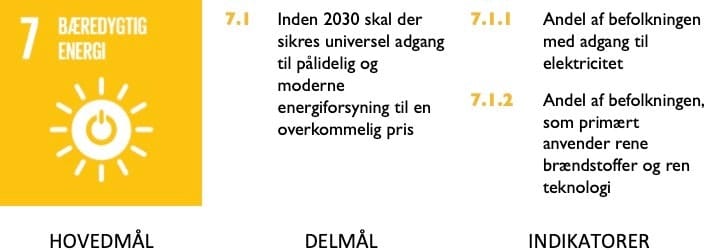
The global goals are integrated and cross-sectoral. They cannot be isolated, but must be understood in context and as a whole. No goal can be achieved at the expense of another and one goal often depends on at least one other in order to succeed. For example, a fulfillment of Goal 3: Health and well-being presupposes a fulfillment of efforts in other goal areas: establishment of good eating habits, clean water and sanitation, urban planning that provides the opportunity to move and lead an active lifestyle, etc.
The SDG 2030 agenda also establishes some global indicators for how we can measure our progress towards achieving the goals. This creates a logical framework tool and introduces some standards that allow us to start comparing countries much more systematically than before.
International benchmarking between countries
The global goals apply to all countries, and are universal and global in nature. This means that the goals must be able to be implemented in different countries with very different starting points and challenges. If all countries use different methods of monitoring and reporting on national developments, it will be almost impossible to examine the countries in relation to each other.
At the global level, there is a need to establish a common 'benchmark' for development that makes comparison across nations possible. The global goals are therefore supported by a number of global indicators, which help to formulate the framework for equitable comparison across countries.
In addition, the SDG 2030 Agenda also includes the development of national indicators, and countries are encouraged to supplement their respective statistical follow-ups with new indicators that are meaningful in each country.
All countries are free to formulate national indicators at any given time as part of the sustainable development of society. Therefore, several countries are committed to developing national indicators that are relevant to the core challenges facing their respective societies. However, the global indicators are universal and should, as far as possible, be monitored nationally, whether or not it affects the individual nation.
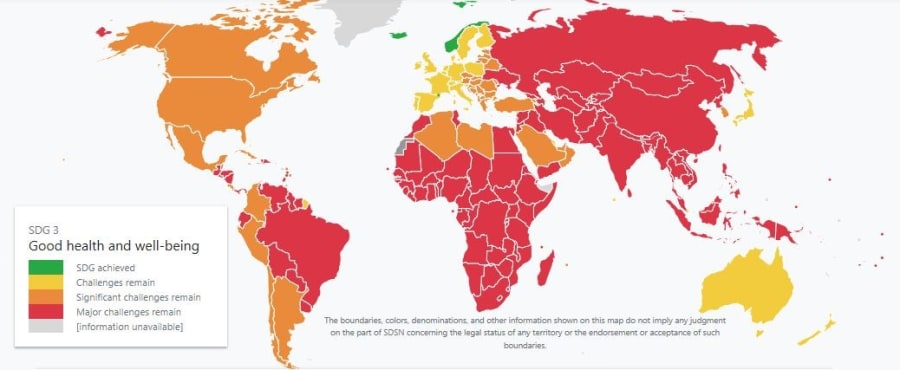
In itself this makes very good sense, as many of the challenges facing the globe transcend national borders and can only be solved by countries together. A prerequisite for cooperation between countries is that we can communicate and have established common standards so that we can both compare and exchange data in a coordinated manner. And everyone must be included (Leave no one behind).
Sustainable development can be described as a vision for the future. Sustainable development is taking responsibility for the results of what we do now and here, and which at the same time have consequences for future generations both in the short and long term, or for others who live elsewhere. It is about ensuring a development that meets the immediate needs of a society without compromising the ability of future generations to secure their needs. We must incorporate this into everything we do.